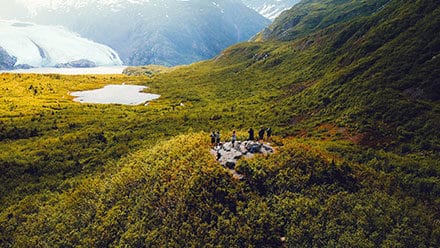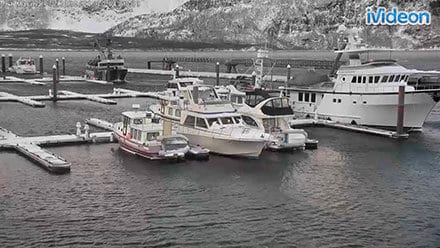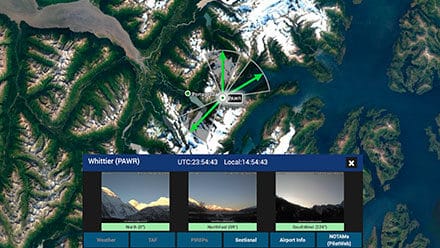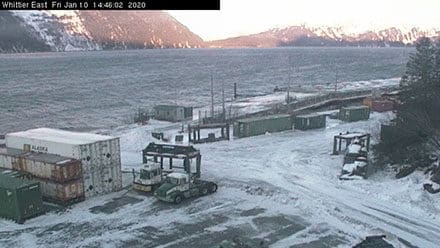Whittier has a varied and rich cultural history in addition to being breathtakingly beautiful. The Chugach Natives of Prince William Sound first used the Whittier area as part of their portage route for accessing the Turnagain Arm. Russians and Americans exploring the region also used this passage as did prospecting miners who quickly learned that the Whittier area was the quickest passage from the Sound to Cook Inlet and Interior regions.
The current city abounds in historical significance, too. Whittier was established by the U.S. Army during World War II as the location was nestled amidst mountains and blanketed by thick cloud cover making discovery of the port city difficult. The Federal railroad to Portage Valley was completed in 1943 and was the primary debarkation point for cargo, troops, and dependents of the Alaska Command. The Port of Whittier was, and continues to be, an ice-free, deepwater port strategically located to Anchorage and Interior Alaska.
The military remained active in Whittier until 1960 with a total population of about 1200 people. The population dramatically decreased after the military left and yet sufficient hardy souls remained that the City of Whittier incorporated in 1969. Today, less than 220 people reside in this tiny yet mighty town, which supports the Alaska State Ferry, the Alaska Railroad, freight barging, commercial fishing, the Whittier Harbor, recreation and tourism. During the beautiful summer months, Whittier welcomes over 700,000 annual visitors.
Things To Do
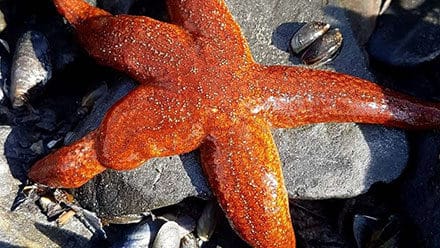
Kayaking
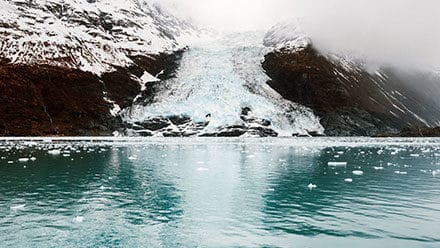
Glacier Cruise

Berry Picking
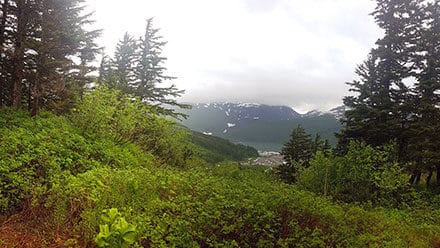
Camping

Fishing
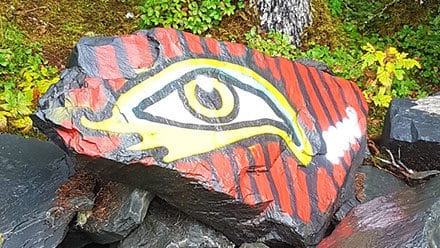
Picnicking
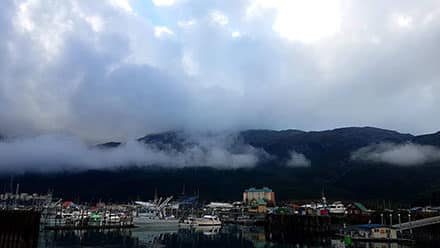
Walking Tour
